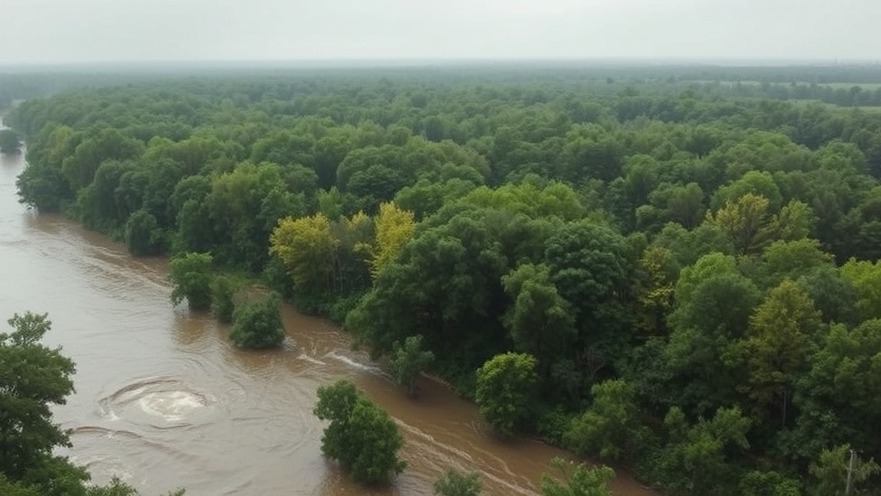
Understanding the Kerr County Flood Tragedy
On July 4, 2023, Kerr County, Texas, woke up to devastation as intense flooding claimed lives and damages reverberated throughout the community. Despite warnings from the National Weather Service (NWS) about potential severe weather, questions linger about the preparedness of local officials in anticipating such a calamity. This article aims to dissect the events leading up to the disaster, scrutinizing the actions, or lack thereof, by Kerr County officials and what could have been done differently.
Timeline of Events and Official Response
The disaster unfolded in the early hours of July 4 when torrential rains overwhelmed the area. Sheriff Larry Leitha disclosed that he received his first notification of emergency calls only between 4 a.m. and 5 a.m., raising alarming concerns about the timing of information dissemination among local authorities. With the NWS issuing flood warnings well in advance, it seems perplexing why officials were not prepared to respond more swiftly.
The Role of the National Weather Service
Leading up to July 4, the National Weather Service had issued multiple alerts regarding severe weather and flooding potential in Texas. This proactive communication, however, must translate into action at the local level. Flood preparedness involves not just monitoring weather forecasts but also implementing emergency plans to alert communities effectively. Therefore, a critical question remains: Was there a failure in communication or execution?
Community Reaction and Concerns
The local community's reaction has been one of frustration and bewilderment. Residents expected their officials to be prepared for such emergencies, particularly during a season notorious for severe weather. Local leaders must be held accountable for the lack of timely alerts to citizens, highlighting an urgent need for safeguarding strategies in future weather events. The emotional toll of losing lives in preventable tragedies drives community members to demand better governance and crisis management.
Lessons Learned: Improving Emergency Preparedness
In light of the recent flooding, it’s important for local governments to reassess their disaster preparedness protocols. Establishing a more robust communication framework between local officials and the community can save lives during emerging crises. This includes enhancing alert systems to ensure that warnings reach every citizen in real-time. Additionally, conducting regular training drills to prepare for such natural disasters could equip officials with the tools necessary to handle emergencies effectively.
Future Predictions: Applicant Risks and Opportunities
Climate change has significantly altered weather patterns, leading to an increase in frequency and severity of flooding incidents across the United States. Localities like Kerr County must adapt their emergency preparedness strategies to address these new realities. Investing in infrastructure resilient to floods and implementing effective urban planning can mitigate risks associated with adverse weather. As climate awareness grows, community engagement in these discussions becomes crucial for holistic disaster management.
Concluding Thoughts: The Moral Imperative of Preparedness
As communities reevaluate their flood response strategies in light of the Kerr County tragedy, it’s imperative to recognize the moral obligation towards public safety. Lives were lost due to inadequate response mechanisms, igniting a collective call for better governance and accountability. Ensuring that communities are prepared for natural disasters is a fundamental aspect of serving the public effectively. While this tragedy highlighted failings in the current system, it also presents an opportunity to renew commitment to the safety and welfare of all residents.
Communities must insist on action now. Mobilize support for increased funding for emergency services, prioritize infrastructure investments, and demand accountability from local leaders. The safety of our neighborhoods depends on proactive governance and responsive planning.
 Add Element
Add Element  Add Row
Add Row 



Write A Comment